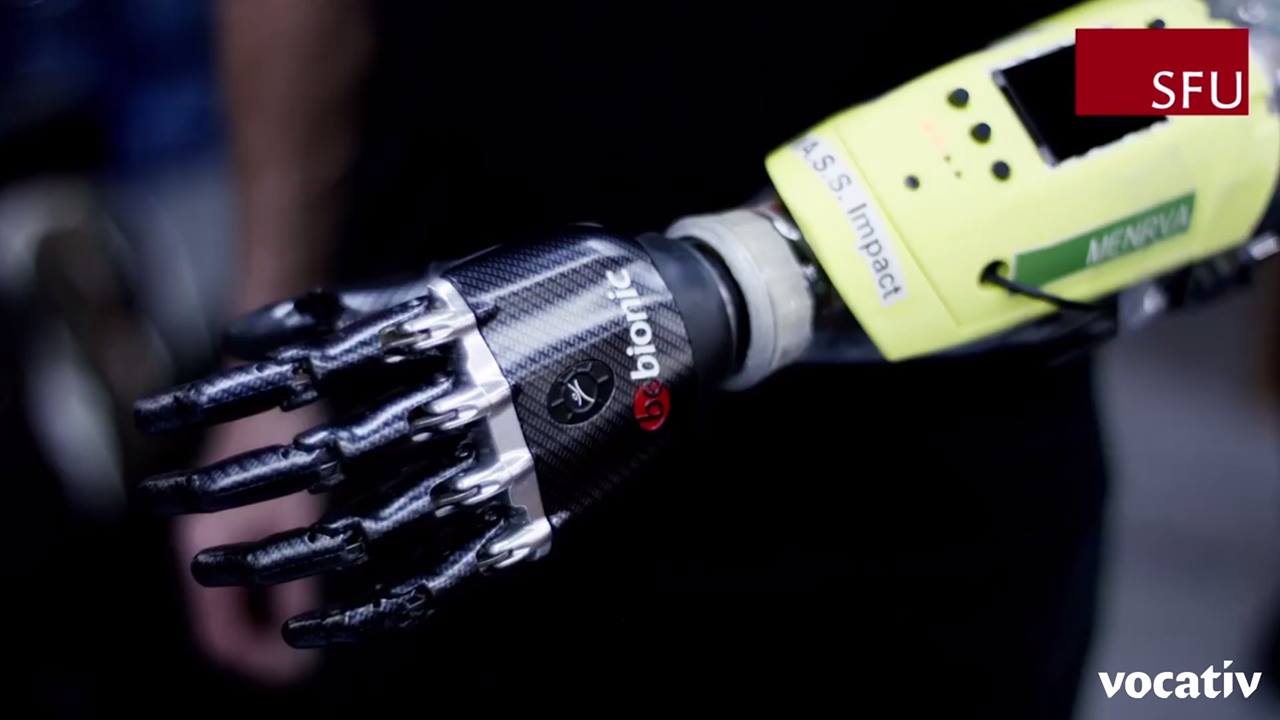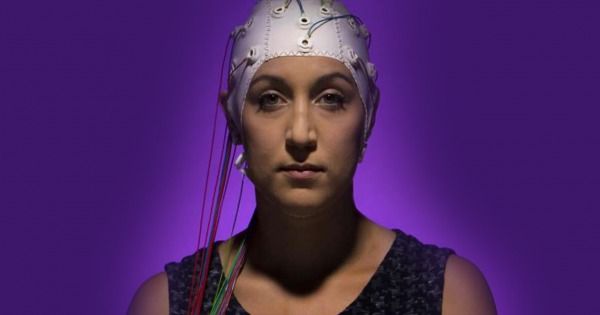May 9, 2016
Siri Creator Demos New AI That Doesn’t Suck This Time
Posted by Sean Brazell in categories: neuroscience, robotics/AI
At TechCrunch’s Disrupt NY, Siri creator Dag Kittlaus performed the first public demo of Siri’s new cousin, Viv. Kittlaus described the brains of Viv as, “software that’s writing itself,” which is a pretty bold statement with some implications that call to mind the dreariest of Skynet dystopias. But what exactly makes it any better than Siri?
The fact is we don’t yet know how good this new voice assistant will be, but we can reflect a little bit on what we see during the controlled demo in the video below. For starters, Viv is designed to integrate seamlessly with third party apps, which is a major deficit on Siri’s part. The new AI was able to send money via Venmo, book a room through Hotels.com, and hail a cab from Uber. And it did so quickly and with no apparent hassle. Kittlaus later in the presentation described Viv as a “marketplace” that he saw as an improvement upon app stores.
Continue reading “Siri Creator Demos New AI That Doesn’t Suck This Time” »


















